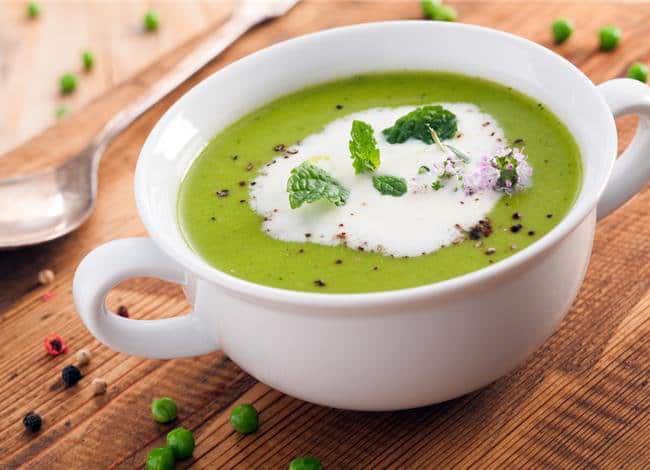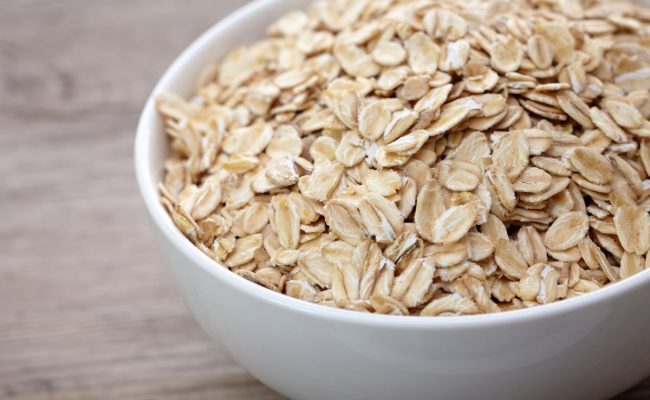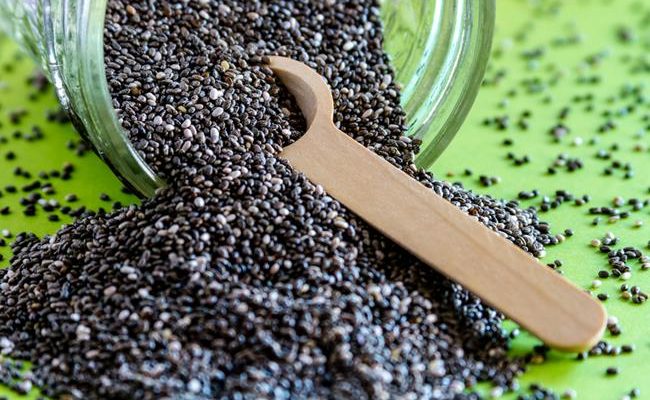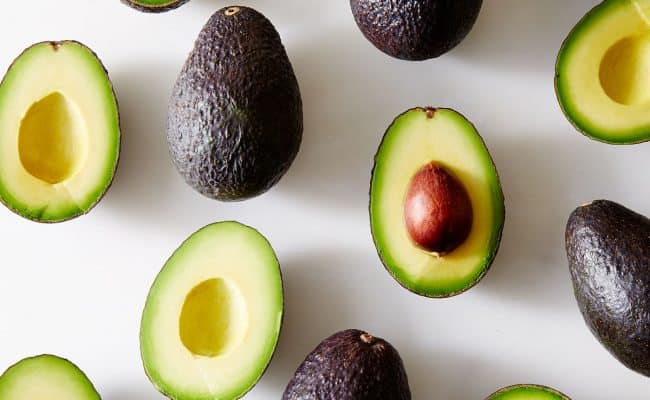
Soup is a comfort food for many people; it is hearty, warm and filling. Although they may all be filling, not all soups are equal in terms of nutritional value. Some research suggests eating soup before a meal can help lower food intake, and soup can be an easy way to get a low calorie, nutrient dense meal on its own.
However, soup is not always low in calories and can have some not so healthy ingredients. Here are some things to consider when choosing a healthy soup.
Watch the Sodium level
Canned soups are notorious for being high in sodium. The concern with getting too much sodium, as most Americans do, is that a high intake of sodium may increase risk for high blood pressure, especially in people with sodium sensitivity. The recommended upper intake per day for sodium is 2,300 mg, but most Americans get more like to 3,400 mg per day.
A serving of canned soup, which is usually a cup, can provide up to 800-900mg of sodium, which is about a third of the daily-recommended intake for sodium just from that one food.
If you are buying pre-packaged soup, choose soups that are lower in sodium. If you are making soup at home, the biggest sodium contributor is broth. Buy low sodium broth to lower the sodium intake in your soup.
Boxed Soups are healthier than Canned Soups
Canned soups can be a source of chemicals and hidden preservatives. The lining in canned soups can also be a source of a harmful compound called Bisphenol A (BPA). According to the Environmental Working Group, BPA can possibly disrupt the endocrine system even in small amounts. Pregnant women may want to be especially careful to not eat foods packaged in products with BPA.
Limiting intake of canned foods is one way to lower intake of BPA. Buying boxed soups instead of canned soups can be a healthier alternative because of this. Some canned products are BPA free, so check for that on labels. If you make soup at home, keep in mind if you add canned products you may still be getting BPA.
Soups contain added sugar
Why would sugar be in soups? Good question. Unfortunately, sugar is added to many processed foods in the American food system. Foods like canned soup, frozen pizza, bread and spaghetti sauce are all surprising common sources of added sugar.
The concern is that a typical Western diet has too much added sugar, which could increase risk for obesity, type 2 diabetes and cardiovascular disease. Cutting out unnecessary added sugar, like from canned soup, can help. Look at labels or ingredient lists and choose soups that have the least amount of added sugar.
Clear broth Soups are better than Cream Based Soups
One quick way to assess a soup’s nutritional status is just to look at the broth. Clear broths are going to have a lot less calories and fat compared to cream based soups. Cream based soups can be very calorically dense. Eating a broth based soup can leave you satisfied and not be a heavy meal.
Soups with Vegetables are better
Eating soup is an easy way to get at least a few servings of vegetables whether it’s a pureed butternut squash soup or a vegetable chicken noodle soup. Instead of just eating plain soups that contain few vegetables like chicken noodle soup or clam chowder, experiment with how you can add different vegetables to soups.
Adding vegetables to a soup increases the volume, bulk, fiber and nutrients of the soup. You can eat a large portion of a vegetable based soup that leaves you feeling satisfied and is nutrient dense. When making soups at home, add in more vegetables than you normally do. If you are getting a pre-packaged soup, choose one that has the most vegetables.
Fiber Content
Vegetables, as mentioned, contribute significantly to the fiber amount of a soup. High fiber, high water content foods, like some soups, can keep you satisfied longer which could lower food intake in subsequent meals.
Another fiber source in soups can be a grain component like noodles. Choosing whole grains like barley, quinoa, whole wheat pasta, etc. can also increase the fiber and nutrients in a soup. Soups that have refined grains like white rice or noodles are not adding much fiber to the soup.
Conclusion
Soups can be a healthy meal on their own or act as a filling, low calorie appetizer that may lower calorie intake for the overall meal. Watch the sodium level in pre-packaged soups, as these are a common source of high sodium foods. Choose low sodium options and when making soup at home choose lower sodium products like broths. Canned soups can also be a source of BPA because BPA is used for many canned products.
Clear broth soups will be lower in calories and fat content compared to cream based soups. If you’re looking to go light on calories and saturated fat, choose broth based soups. Another thing to look for is a soup that is high in vegetables and whole grains because these will be higher in fiber and nutrients.
References used in this article










